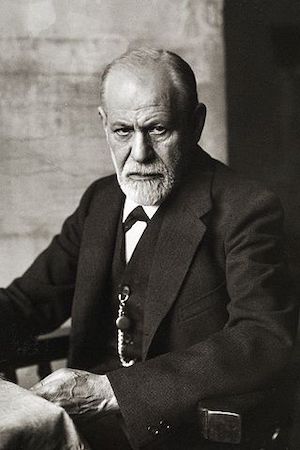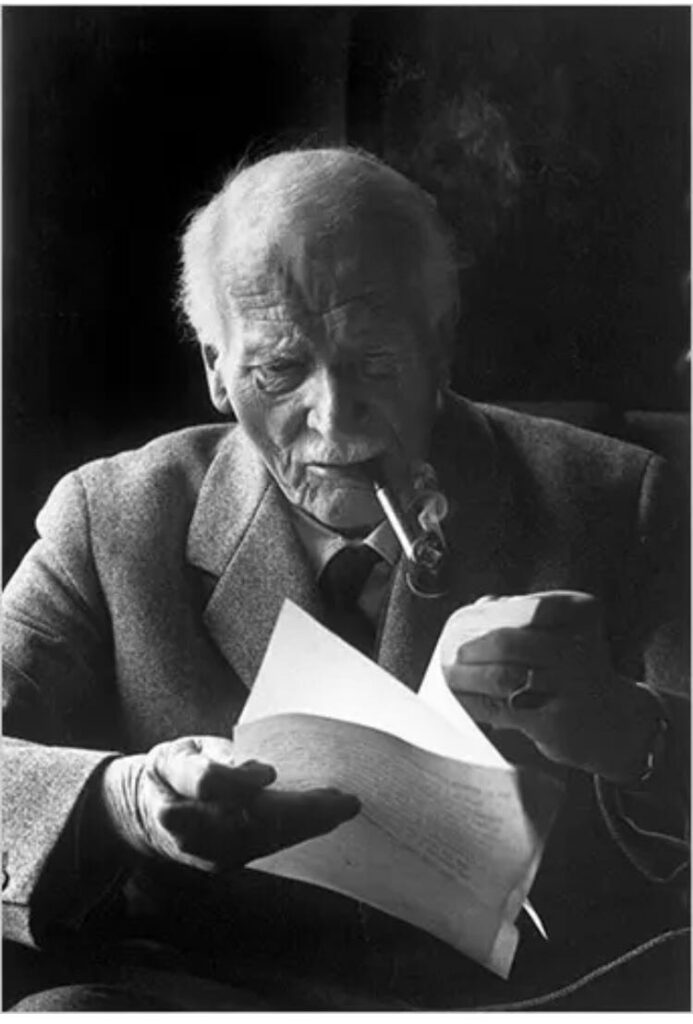What Do Our Dreams Really Tell Us? Dreams have fascinated us for centuries, offering a glimpse into the subconscious mind. While many theories attempt to explain why we dream, the truth encompasses a variety of perspectives, from Freud’s and Jung’s psychoanalytic views to Rosalind Cartwright’s and the latest neuroscientific research. Let’s explore these ideas and learn how to tap into the power of our own dreams.

The Scientific Expedition into Dreams
The journey into understanding dreams has taken scientists from the realms of psychology to the cutting-edge frontiers of neuroscience. By harnessing advanced technologies like MRI (Magnetic Resonance Imaging) and EEG (Electroencephalography), researchers are now able to peek into our brains as we navigate the dream world. This has unveiled remarkable insights into the role dreams play in our lives, far beyond the boundaries of mere nighttime reveries.

The Brain at Night: A Hub of Activity
Contrary to the old belief that sleep is a passive state, current research highlights that our brains are anything but idle during dreams. Dreaming occurs during the REM (Rapid Eye Movement) phase of sleep, where brain activity mirrors that of being awake. This revelation has led scientists to propose that dreaming could be an extension of our waking consciousness, serving functions essential for our mental health and cognitive abilities.
Dreams as Emotional and Cognitive Therapists
One of the pivotal areas of dream research focuses on emotional regulation and memory consolidation. Dreams have been shown to play a crucial role in processing emotions, particularly those that are intense or complex, experienced during the day. This nighttime emotional sorting helps in reducing psychological stress and contributes to emotional balance.
Theories
Dreams are a fascinating part of our sleep, offering insights into our subconscious. Across history, scientists and psychologists have proposed various theories to explain why we dream. Here’s a closer look at some of the top theories about dreams, each explained in simple terms.
Freud’s Dream Theory
Sigmund Freud, a name synonymous with psychoanalysis, believed dreams were a window into our unconscious desires and thoughts. He said dreams let us fulfill wishes we can’t express when we’re awake. Imagine your dream as a play where your secret wishes are the main characters, hidden in symbols and stories. Freud split dreams into two parts: what you remember (manifest content) and the hidden meaning (latent content).

Jung’s Dream Theory
Carl Jung took the idea further into a more mystical realm. He saw dreams as messages to ourselves about things we haven’t yet solved, aiming to balance out our inner mental and emotional landscape. Jung introduced the concept of universal symbols or archetypes, suggesting that our dreams connect us to a shared human experience, stored deep in what he called the collective unconscious.

Rosalind Cartwright’s Dream Theory
Rosalind Cartwright brings a more modern approach, looking at dreams as a way we process emotions and navigate personal challenges. She suggests that dreams are like emotional first aid, helping us make sense of our day-to-day experiences, particularly the stressful ones, and learn from them.

Activation-Synthesis Model
J. Allan Hobson and Robert McCarley came up with a theory that might sound a bit more scientific but no less fascinating. They suggest that dreams don’t actually mean anything on their own. Instead, they are the brain’s way of trying to make sense of random signals it gets during sleep. It’s like your brain is putting together a puzzle with pieces that don’t quite fit, creating bizarre and sometimes wonderful stories.
Embarking on the Dream Exploration Journey

1. Dream Journal Mastery
- Immediate Recording: The freshest details of your dreams are often the most fleeting. Make it a habit to jot down or record your dreams the moment you wake up, even if it’s in the middle of the night. Keeping a notebook or a voice recorder by your bed can be incredibly helpful.
- Be Descriptive: Try to capture as much detail as possible—colors, emotions, the setting, and even the weather in your dream. The more vividly you document, the better you’ll understand the nuances of your dreams.
- Review Regularly: Set aside time each week to go through your dream journal. This isn’t just about recording but also about reflection and analysis.
2. Identifying Patterns and Symbols
- Theme Detection: As you accumulate entries in your dream journal, look for recurring themes or narratives. Do you often dream about being chased, flying, or failing an exam? These themes can provide clues about underlying anxieties, desires, or aspirations.
- Symbol Interpretation: Symbols in dreams are highly personal. While water might generally symbolize emotions, its meaning in your dreams could be influenced by your unique experiences and feelings about water. Reflect on what specific symbols mean to you personally.
3. Reflecting on Emotions
- Immediate Emotional Response: Note your first emotional reaction upon waking from a dream. Were you anxious, relieved, happy, or sad? This immediate emotional snapshot can offer direct insights into the dream’s impact on your subconscious.
- Deeper Emotional Analysis: Consider how the emotions in your dream relate to your waking life. Is there a situation or relationship that evokes similar feelings? This can help you identify aspects of your life that might need attention or resolution.
4. Engaging in Conversations About Dreams
- Sharing with Others: Discussing your dreams with friends or family can not only deepen relationships but also provide fresh perspectives on your dreams. Sometimes, an outsider’s interpretation can offer insights you hadn’t considered.
- Joining Dream Groups: There are online forums and local groups dedicated to dream sharing and interpretation. Participating in such groups can expand your understanding of dreams and introduce you to new methods of exploration.
Advanced Techniques for Dream Exploration
Dream Reentry and Lucid Dreaming: For those looking to take their dream exploration further, techniques such as dream reentry—where you consciously reenter a dream from your waking state—and lucid dreaming, where you become aware you’re dreaming while asleep, can be powerful tools. These practices require patience and practice but can offer unparalleled insight into your subconscious.
Seeking Professional Guidance: If you find certain dreams particularly disturbing or recurrent themes troubling, consulting with a therapist, especially one specialized in dream analysis or cognitive-behavioral therapy, can be beneficial. They can provide professional insights into your dreams and help address underlying issues.
Embracing the Journey: Remember, exploring your dreams is a personal and subjective journey. There’s no one-size-fits-all interpretation, and the most profound meanings will come from your own insights and reflections. By actively engaging with your dreams, you’re unlocking a deeper understanding of yourself and enriching your waking life with the wisdom of your subconscious mind.
Exploring Common Dreams and Their Deeper Meanings

Dreams are a universal human experience, each one a unique reflection of the dreamer’s subconscious. However, certain dream themes are surprisingly common across different cultures and backgrounds, suggesting shared psychological or emotional underpinnings. Let’s delve deeper into these common dreams and explore what they might signify.
Being Chased: The Pursuit of Fear
Dreams of being chased are among the most common, often triggering feelings of anxiety and fear. This dream scenario might reflect a real-life situation where you feel threatened or overwhelmed. It could be related to a job, a relationship, or any situation where you feel pressured or chased by expectations. The identity of the chaser can also provide insights: is it a known individual representing a real-life stressor, or an unknown entity symbolizing internal fears or unresolved issues?
Falling: Losing Ground
The sensation of falling in a dream is a jarring experience, often causing the dreamer to wake up before impact. This dream theme can symbolize insecurity, instability, or a loss of control in your waking life. It might be tied to specific fears of failing in your career, personal life, or social relationships. Falling dreams often occur during turbulent periods of life when anxiety about real-world issues threatens your inner peace and security.
Flying: The Quest for Freedom
Flying dreams can be exhilarating, offering a sense of liberation from constraints or challenges. These dreams might reflect a desire to escape from pressing issues or to transcend limitations. On a deeper level, flying could symbolize ambition, the desire to reach new heights in your personal or professional life, or the need for a fresh perspective on a situation. The context of the flight—whether it’s easy and joyful or fraught with obstacles—can shed light on how you’re currently handling or feeling about your life’s challenges.
Teeth Falling Out: Vulnerability and Transformation
Dreams where teeth fall out, crumble, or are pulled out are surprisingly common and can be quite distressing. This dream theme is often interpreted as a sign of anxiety about appearance and how others perceive you. It might also relate to feelings of powerlessness or loss, such as fear of aging, concerns about health, or anxiety about a significant change or loss of stability in your life. Teeth are symbols of vitality and confidence; thus, losing them in a dream can reflect fears of losing your power or effectiveness in social or professional situations.
Unpacking the Universal Language of Dreams
These common dreams highlight the profound connection between our waking concerns and our unconscious mind. While the specifics of each dream are unique to the individual, the themes resonate broadly, reflecting universal fears, desires, and aspirations. Understanding these common dreams can provide valuable insights into our emotional and psychological states, offering clues to areas of our lives that may need attention or reassessment.
The Science of Dreaming: What’s New?

Recent scientific research continues to explore the function and importance of dreaming. Studies using brain imaging technologies have provided insights into which parts of the brain are active during dreaming, shedding light on how dreams relate to memory consolidation, emotional processing, and problem-solving. There’s growing evidence supporting the idea that dreams help us process emotions, solidify memories, and rehearse responses to challenging situations.
Wrapping It Up
While the exact reasons why we dream remain a bit of a mystery, it’s clear that dreams are a significant part of our emotional and psychological landscape. By exploring our dreams, we can gain insights into our desires, fears, and the unresolved questions of our lives. Dreams are more than just night-time stories; they are a bridge to understanding our inner selves.
“Note”
At Dreams Psychology, we’re dedicated to resolving the mysteries of your dreams, But hey, if you ever find yourself scrolling through our collection and thinking, “None of these quite match the adventure I had last night,” Don’t Worry! Just drop us a comment with the details of your dream, and we’ll decode its secrets for you. You’re more than just a visitor here, you’re part of our community.

